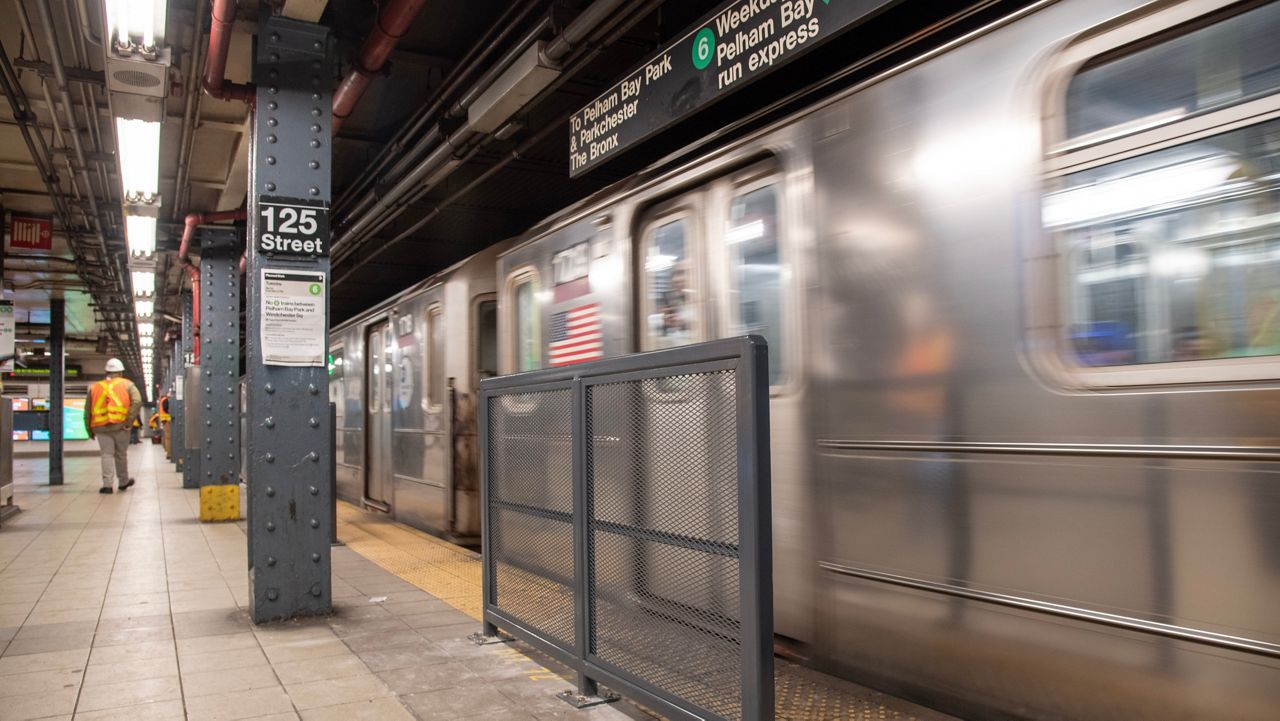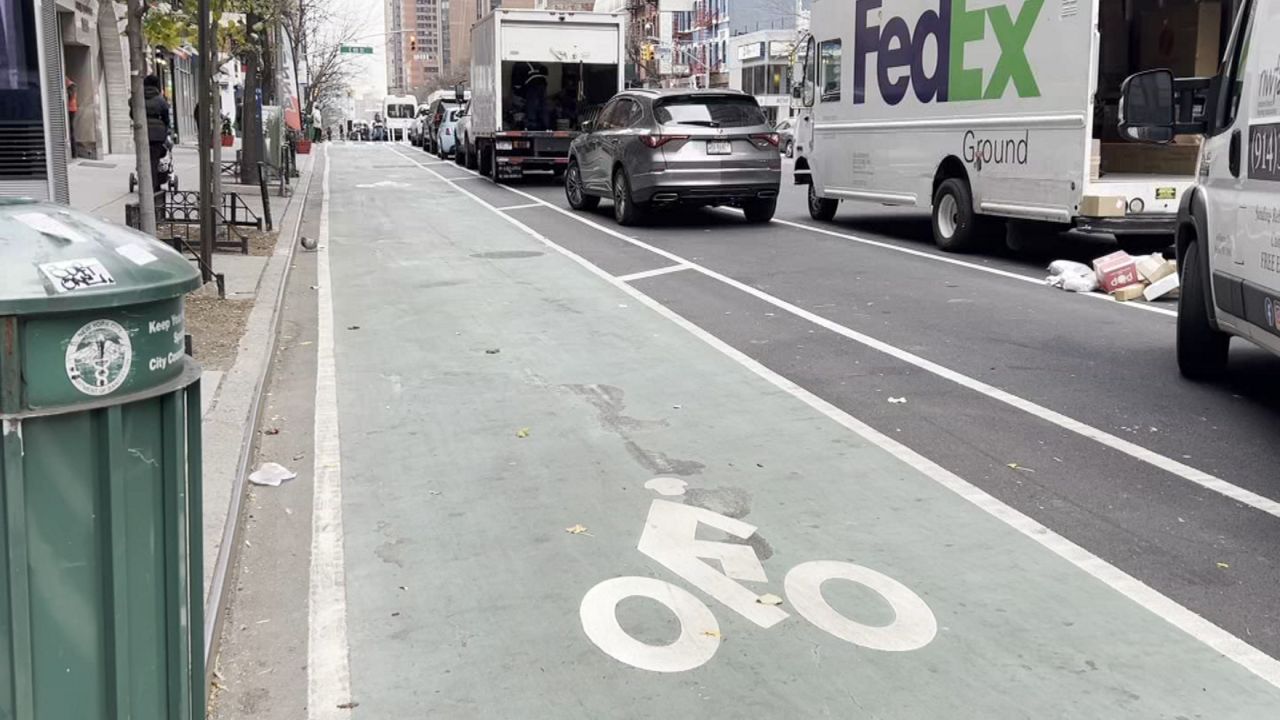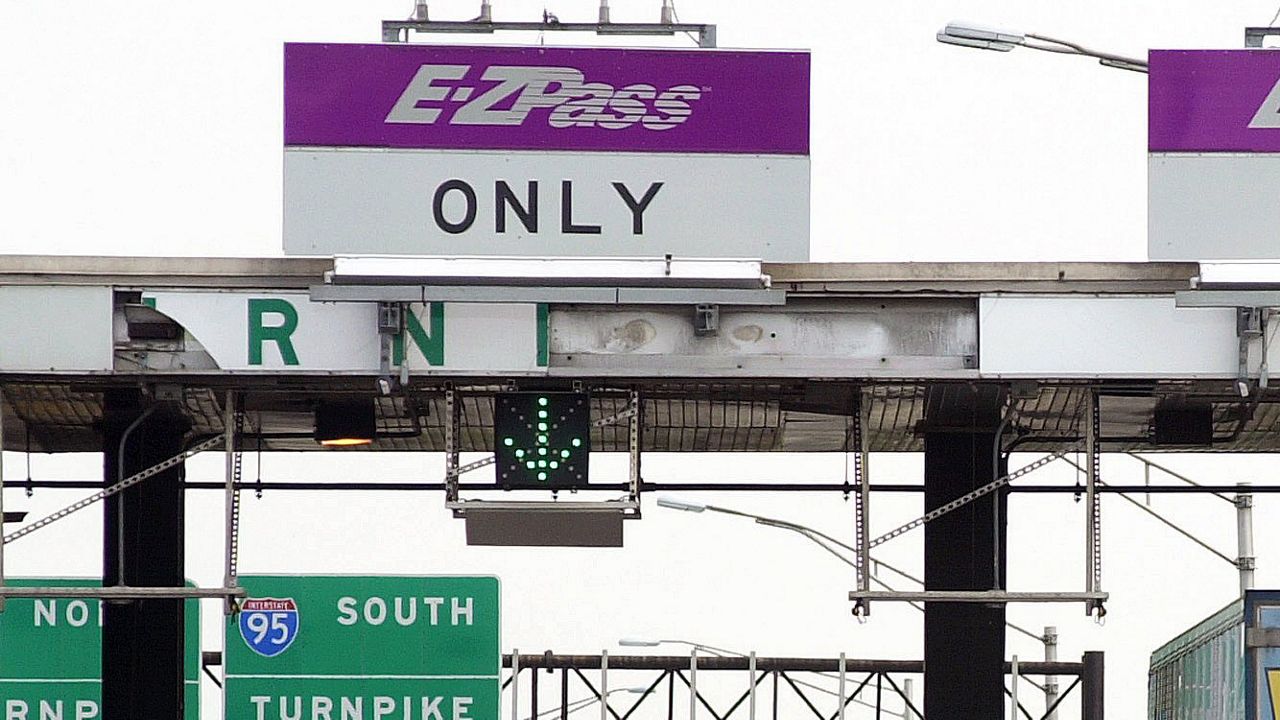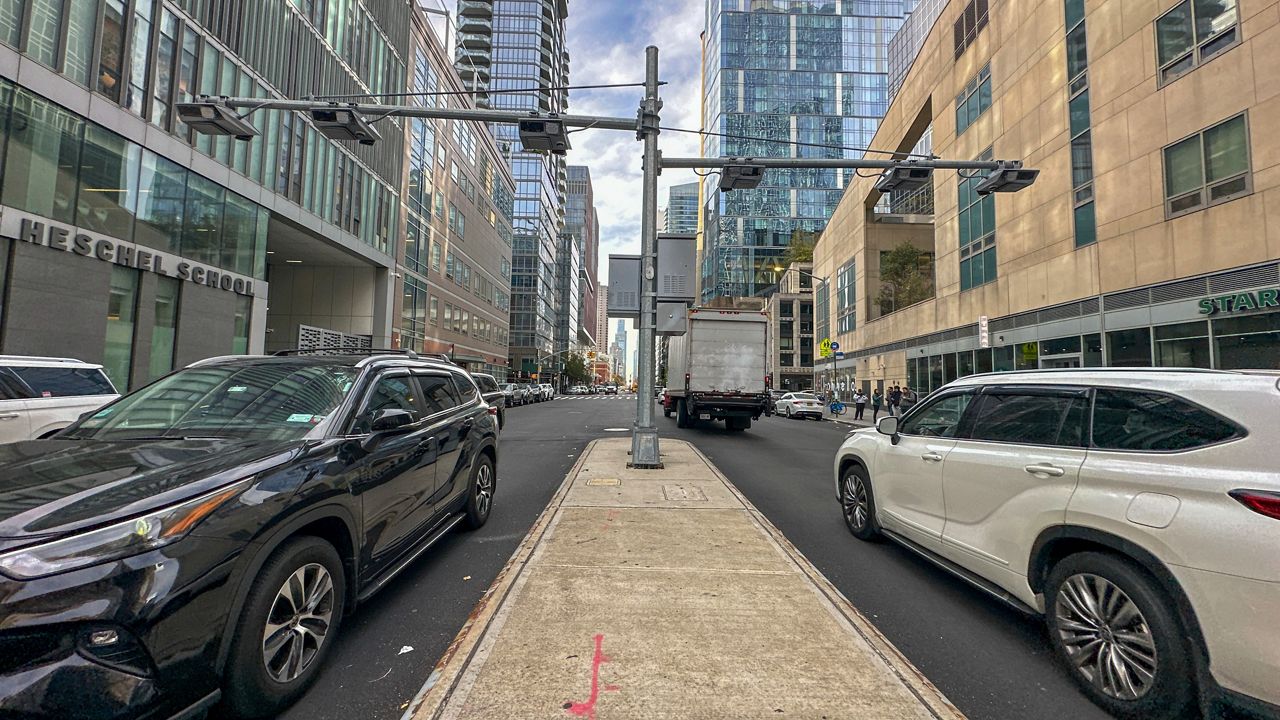Grand Central Madison is huge — more than 700,000 square feet.
And it’s deep — stretching about 150 feet below the street, which is 15 stories.
Navigating the space takes time.
“It’s a little bit more involved than I thought, getting down to the tracks in the station, but it’s great,” Long Island Rail Road commuter Gary Ostroff said.
Vincent Panicola, a commuter, added, “this is so much better for me. This saves me a lot of time.”
But time is also spent walking around. It took a NY1 reporter eight minutes to get from the lower track level at Grand Central Madison to the hub’s subway station turnstiles.
“I would use that time as mediation time,” Gov. Kathy Hochul said at the opening of the new LIRR terminal last month.
The terminal brings LIRR trains to the east side of Manhattan. Commuters no longer need to trek across town from the LIRR’s home at Penn Station on the west side of Manhattan.
Panicola says time spent walking through Grand Central Madison is better than time spent on the subway or Penn Station.
“Now, I don’t have to pay $2.75 for the subway,” he said while walking to work. “In my opinion, I’d say it’s quicker with this than the subway.”
The size of the station means there’s a learning curve for navigating the terminal.
“The signage needs to improve,” Kathleen Dooley, a transit rider, said.
Brian Shaw, however, said it was no hassle to find his way around.
“All you have to do is read. The signs are there, the numbers are there.”
But that’s easier said than done for some New Yorkers. Gonzalo Perilla got lost looking for the MTA’s new rail terminal.
“There’s some [signs] here, but very hard to find,” he said.
The interim LIRR president, Catherine Rinaldi, said the MTA is taking feedback to make the signs easier to find and follow.
“We’re aware of the issue,” she said. “It’s a big, vast space, and not necessarily intuitive in terms of how you navigate to the various entrances and exits.”









